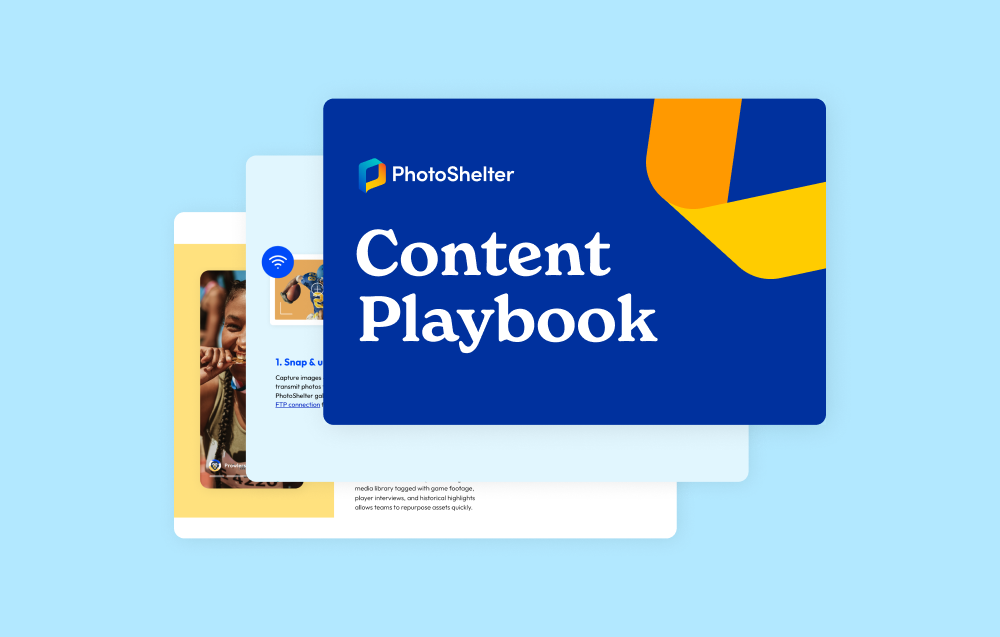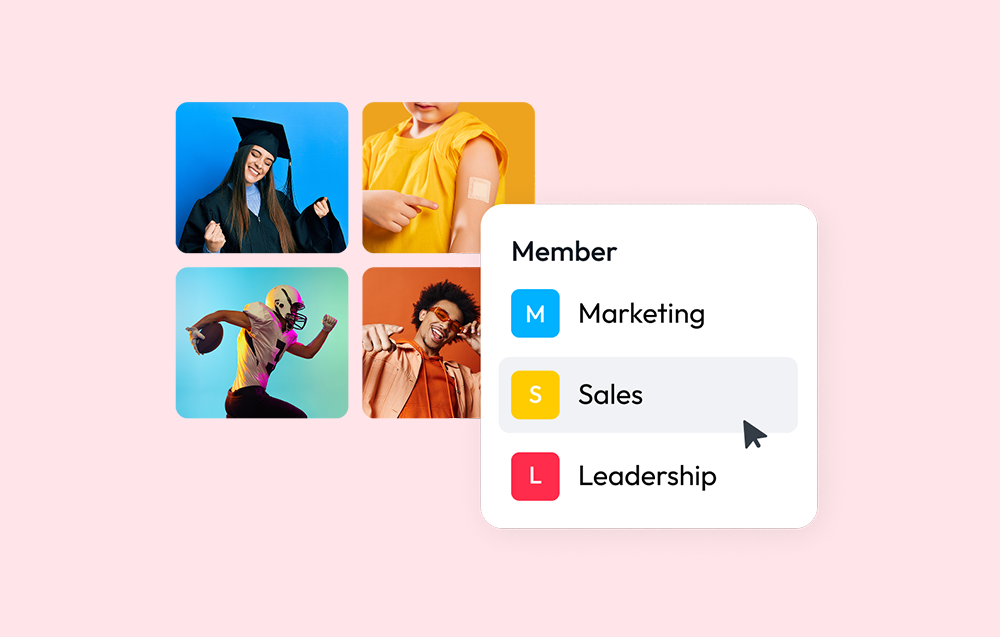
Our partners at Stacks are digital creatives, librarians, and content management experts who are passionate about making digital asset management easy and approachable. To share a diverse set of expert opinions, we’re swapping and sharing insights and best practices to help you and your creative team work more efficiently, effectively, and impactfully.
Picture this: it’s four o’clock on a Thursday afternoon. Your workday is wrapping up and all you can think about is walking away from your workspace to spend some alone time outside, or a meal with family or friends. As you clear out your inbox for the day, your phone rings.
The number is unfamiliar, but it’s local, so you answer. Then you hear that familiar phrase, “I’m calling in regards to your vehicle’s extended warran—” While spam calls don’t last long, they’re a pervasive nuisance in our everyday lives.
In fact, Business Insider found that 46% of Americans receive robocalls every day.
When you think about the additional spam content we’re forced to process on a daily basis, it’s staggering. From spam emails to promotional texts to ads on YouTube and other social media platforms—the number of irrelevant and negative touchpoints is overwhelming.
Because we’re so accustomed to this wave of meaningless content, it’s a refreshing surprise when relevant, relatable content pops up in our feeds and inboxes.
Instead of directly selling their products or services, content marketing is a type of marketing where brands try to build trust and connection with consumers by providing value through educational, informative, and entertaining content.
A recent report published by the Content Marketing Institute (CMI) found that brands are investing more effort and budget in content marketing because according to the surveyed marketers, it helps them create brand awareness, build credibility and trust, and educate consumers.
Content marketing aims to make content the profit center of your business, driving sales and decreasing costs by building authentic customer relationships.
Related Stories: How Running a Cohesive Visual Content Marketing Campaign Creates Buzz for Your Brand
How? By consistently placing content that is valuable to the consumer in front of them, whether it be through blog posts, webinars, infographics, case studies, videos, or social media posts.
When consumers trust that you aren’t just trying to sell them something they don’t need 24/7, they’re more likely to associate your brand with authenticity. Additionally, if your content resonates with your audience’s passions or lifestyle beliefs, they will repeatedly turn to and advocate for your brand and product. In the long run, you’ll see an increase in brand loyalty and average customer value, and eventually, that will lead to increased profits.
Related Stories: Innovative Ways to Approach Content Marketing in 2021 and Beyond
In today’s consumer-driven world, social media marketing, search engine optimization (SEO), and public relations strategies all rely on strong visual and written storytelling concepts to develop a connection with consumers.
So, as brands invest in creating more and more content, it’s crucial that they develop best practices and invest in tools to properly manage and maintain their valuable content and digital asset libraries.
Related Stories: The Digital Asset Management Gap in Content Marketing
If your organization hasn’t made the DAM jump yet, or if you feel like your team isn’t using your DAM efficiently, read more on the Stacks blog about why having a DAM can empower your team to do MORE with your content marketing strategy.



